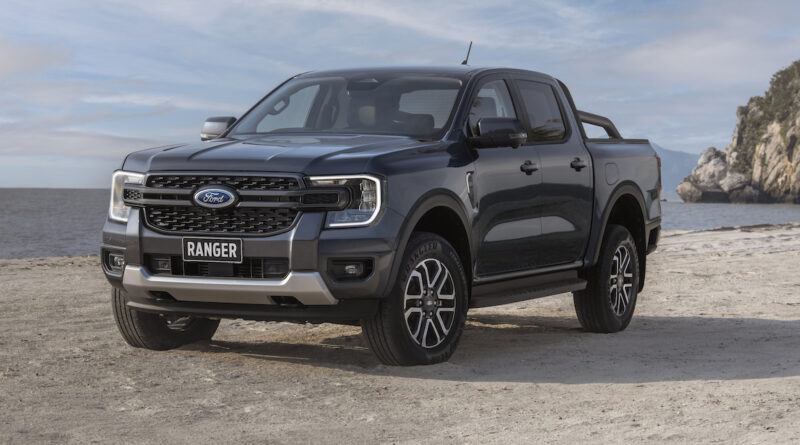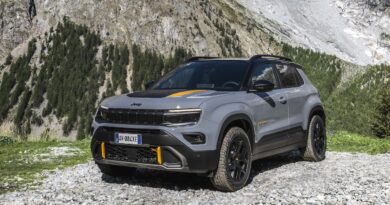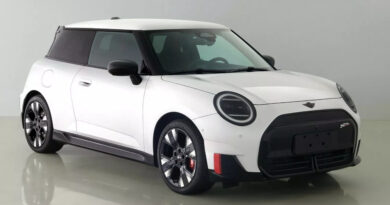Big Brother is watching! Electric Ford Ranger based on driver data
Ford has turned digital Big Brother to better understand the driving behaviour of Australian Ranger owners and determine what levels of electrification will be offered locally in the top-selling ute.
The new-generation Ranger goes on-sale in June in Australia underpinned by a ladder frame (coded T6) that has been specifically upgraded to allow various forms of electrification (or multi-energy solutions as Ford dubs it) from mild hybrid to plug-in and potentially even full battery electric.
EXCLUSIVE FEATURE: EV ute overload: The electric pickups coming soon
READ MORE: Ranger to go electric by 2030 as Ford boosts EV investment
READ MORE: Aussie-developed Ford Ranger and Ford Everest will have hybrid options
READ MORE: Why electric cars will be more capable off-road
But it’s an onboard modem that was added to the current Ranger in mid-2020 that is now being exploited by Ford to accumulate the driving data that will help decide which drivetrains will be sold here and internationally.
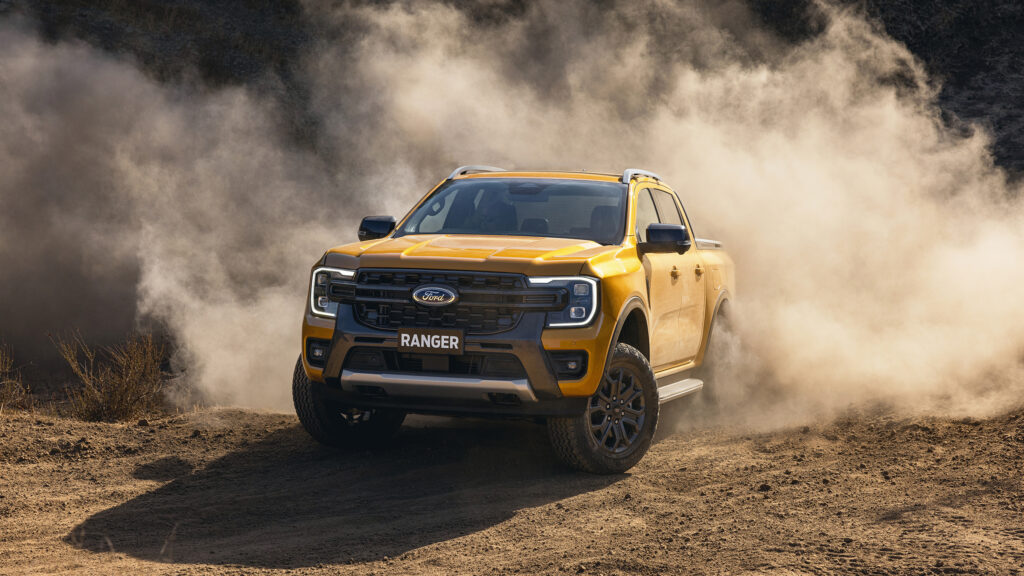
And there’s a lot of places to consider. Ranger is sold in more than 180 countries globally, which means not only driver behaviour but local emissions rules and taxation regimes play a role in drivetrain decisions.
Currently there are no electrified Ranger models anywhere, with only petrol and diesel engines on offer. But that will soon change.
Broadly speaking, the northern hemisphere (Europe, China, North America) is more advanced on the path to electrification than the southern hemisphere (Australia, South East Asia, Africa and South America). That suggests Rangers with electrified assistance will turn up in the north first.
Complicating all this is a separate dedicated-EV Ranger-sized pick-up that Ford has also confirmed is under development in North America. It seems likely the two utes will sell alongside each other for some time in some countries.
Of course Australia is particularly significant for Ranger because it vies with the Toyota HiLux to be the country’s top-selling vehicle. Ford also employs 2500 staff at a Victorian product development centre to develop T6-based vehicles that also include Everest and the US market Bronco.
T6 engineering chief Ian Foston confirmed to EV Central the role data collected by the modem was making in electrification decisions. The data is only collected if the vehicle owner opts in via the FordPass app. It adds to ethnographic research Ford has been conducting for 18 months.
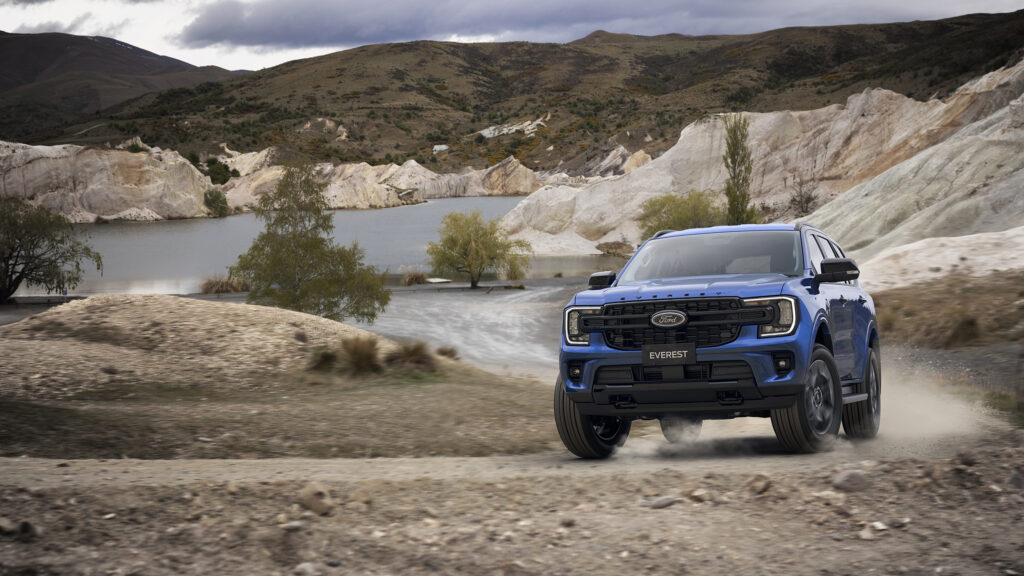
“We have modem data from all of our fleet of Rangers around the world so we can actually understand how people use their vehicles,” Foston explained.
“How fast do they go. How far do they go from their homes. What speeds do they drive. Do they go off-road? Do they tow?
“All that modem data actually helps us to inform us.”
Foston said Ford’s research showed an average driving day around 50km. While he declined to be specific about what that might mean for Ford’s electrification direction in Australia, he sounded keen on a plug-in hybrid solution and its ability to drive emissions free.
“At this stage we’re thinking multi-energy and providing people with a solution off a body on frame architecture is probably going to be suitable for what we think customers need based on off-road capability balanced with EV range, or zero emission range,” he said.
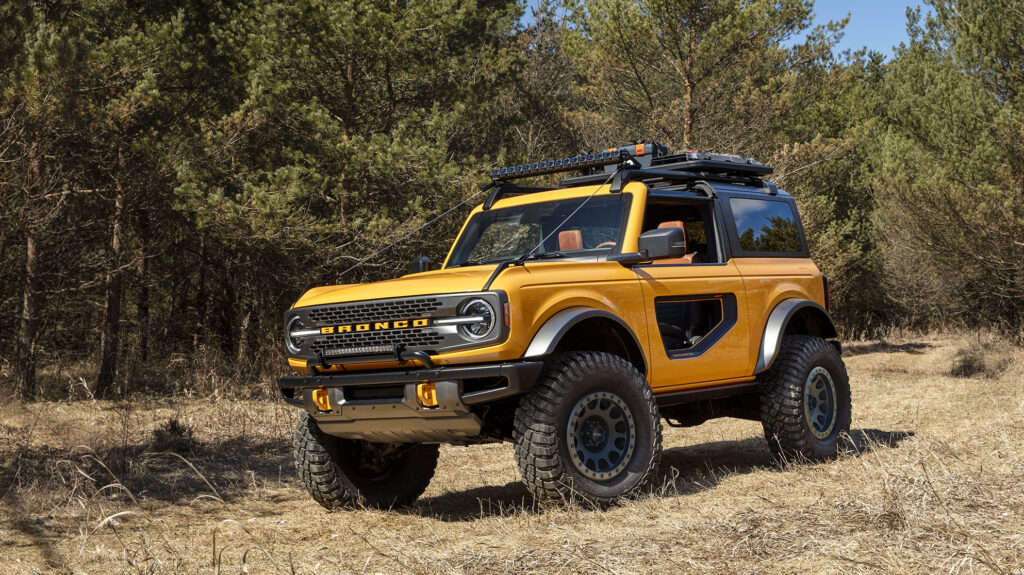
“We recognise that gasoline and diesel won’t just disappear in the southern hemisphere in the next few years … probably into the 2030s we think.
“What we’re trying to do is develop on T6 multi-energy solutions so we can actually give customers what they want during that transition period.”
Foston says the data being collected by Ford will also be a helping hand after electrified models are introduced when Ranger owners roll into their local dealers looking for a change-over.
“When we get into the electrification space we can say ‘well based on the data from you for the past three years we know what trips you take … we think the best vehicle for you is this technology over here’.”

